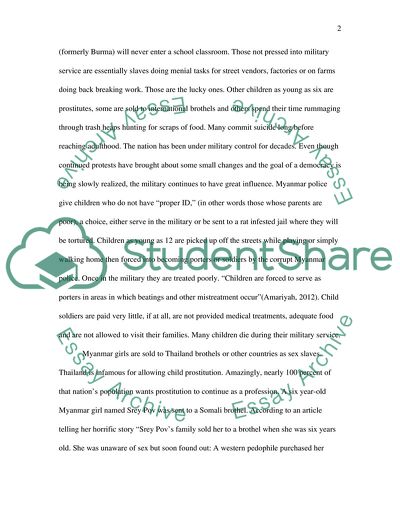Cite this document
(Child Labor Is a Worldwide Shame Research Paper, n.d.)
Child Labor Is a Worldwide Shame Research Paper. Retrieved from https://studentshare.org/human-resources/1789411-child-labor
Child Labor Is a Worldwide Shame Research Paper. Retrieved from https://studentshare.org/human-resources/1789411-child-labor
(Child Labor Is a Worldwide Shame Research Paper)
Child Labor Is a Worldwide Shame Research Paper. https://studentshare.org/human-resources/1789411-child-labor.
Child Labor Is a Worldwide Shame Research Paper. https://studentshare.org/human-resources/1789411-child-labor.
“Child Labor Is a Worldwide Shame Research Paper”, n.d. https://studentshare.org/human-resources/1789411-child-labor.


